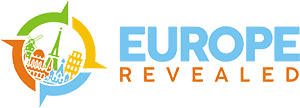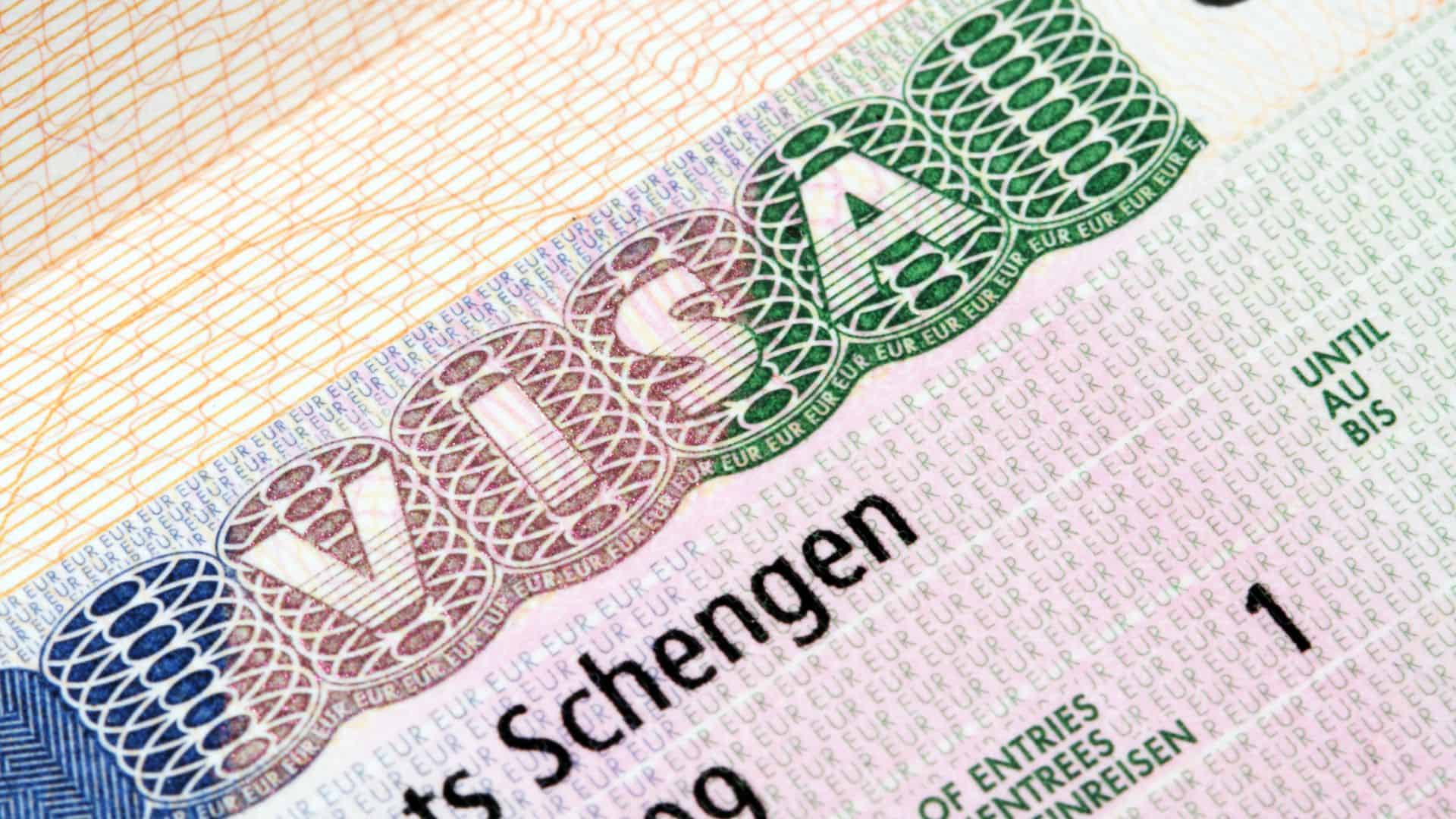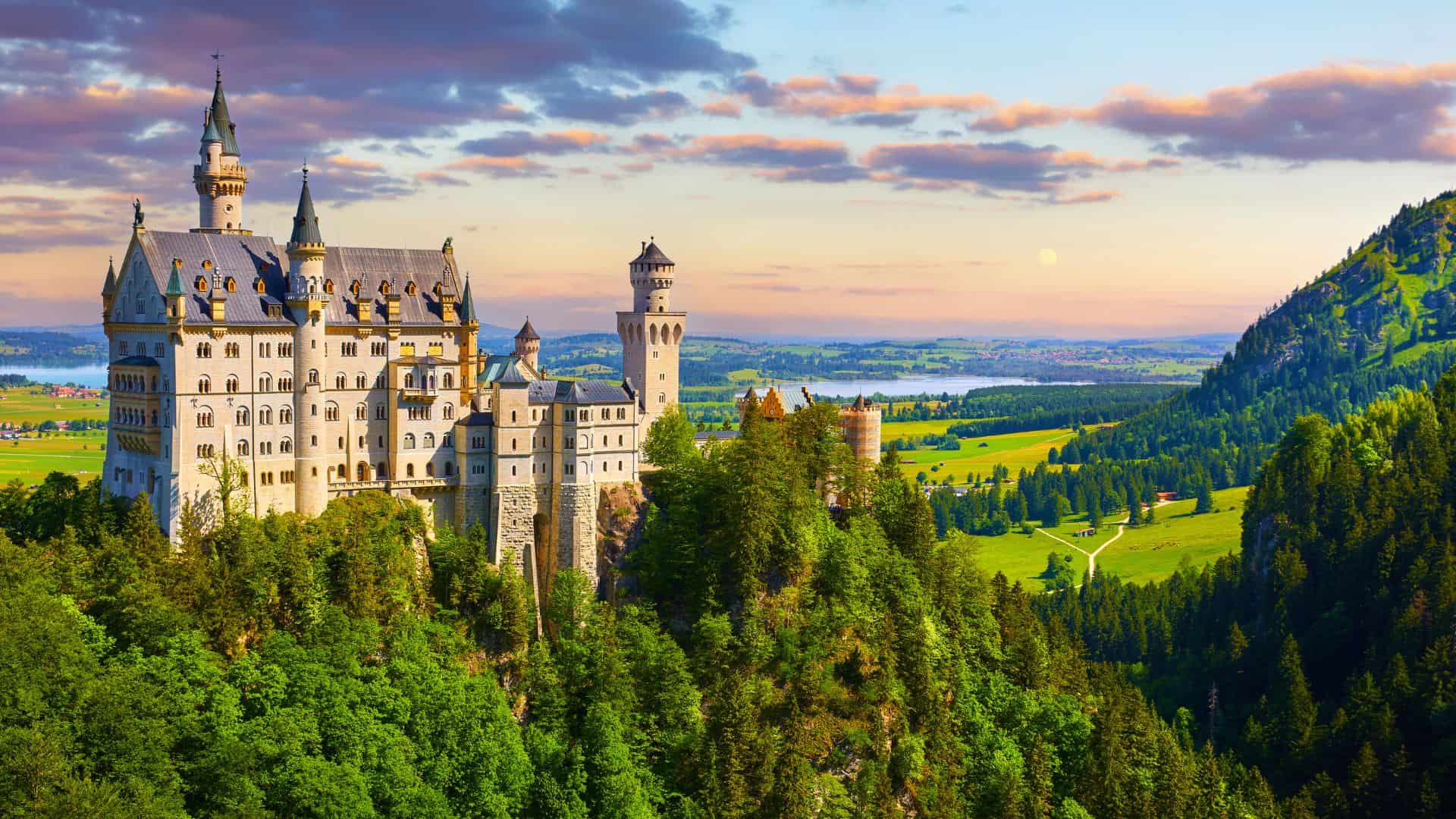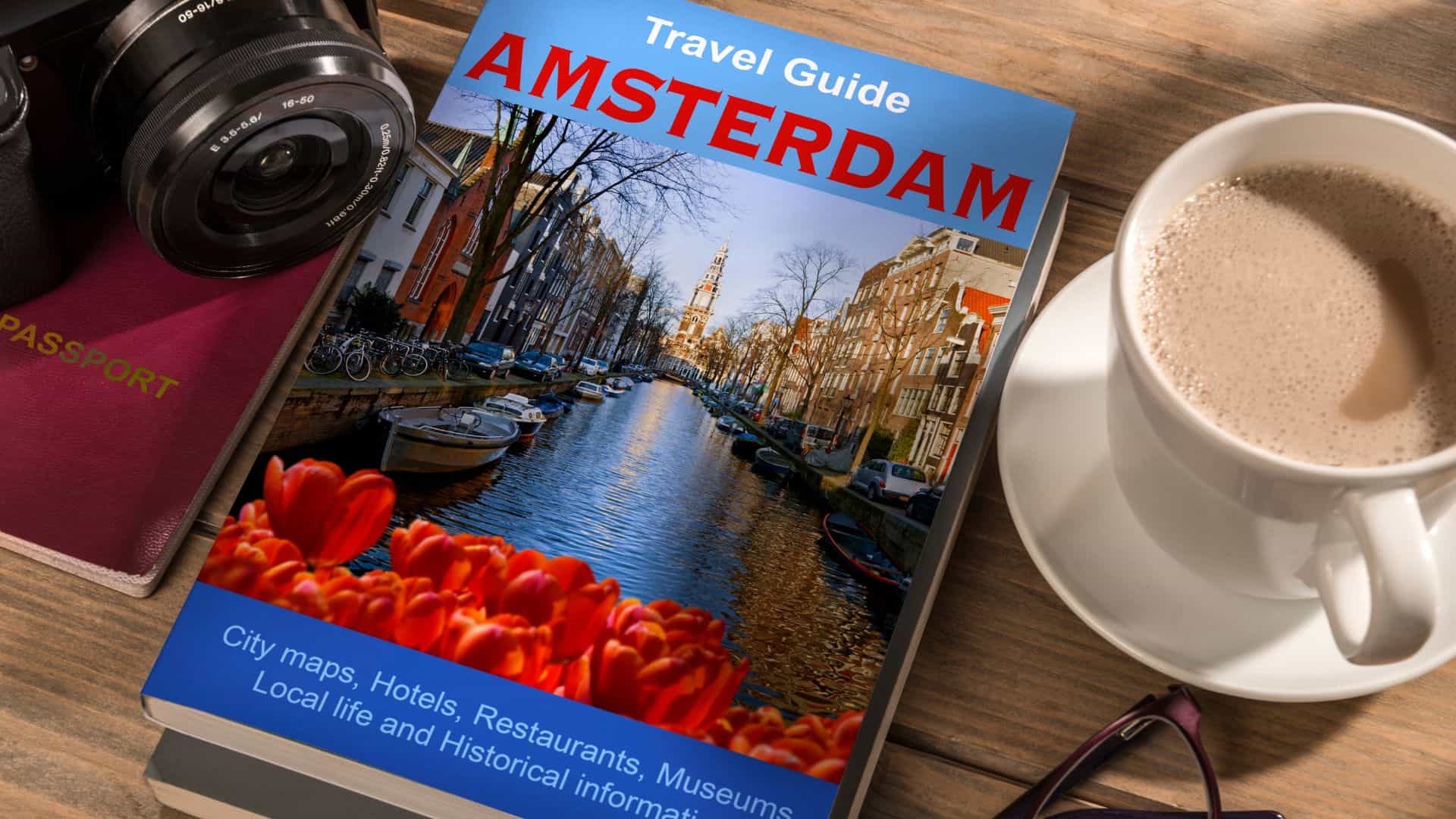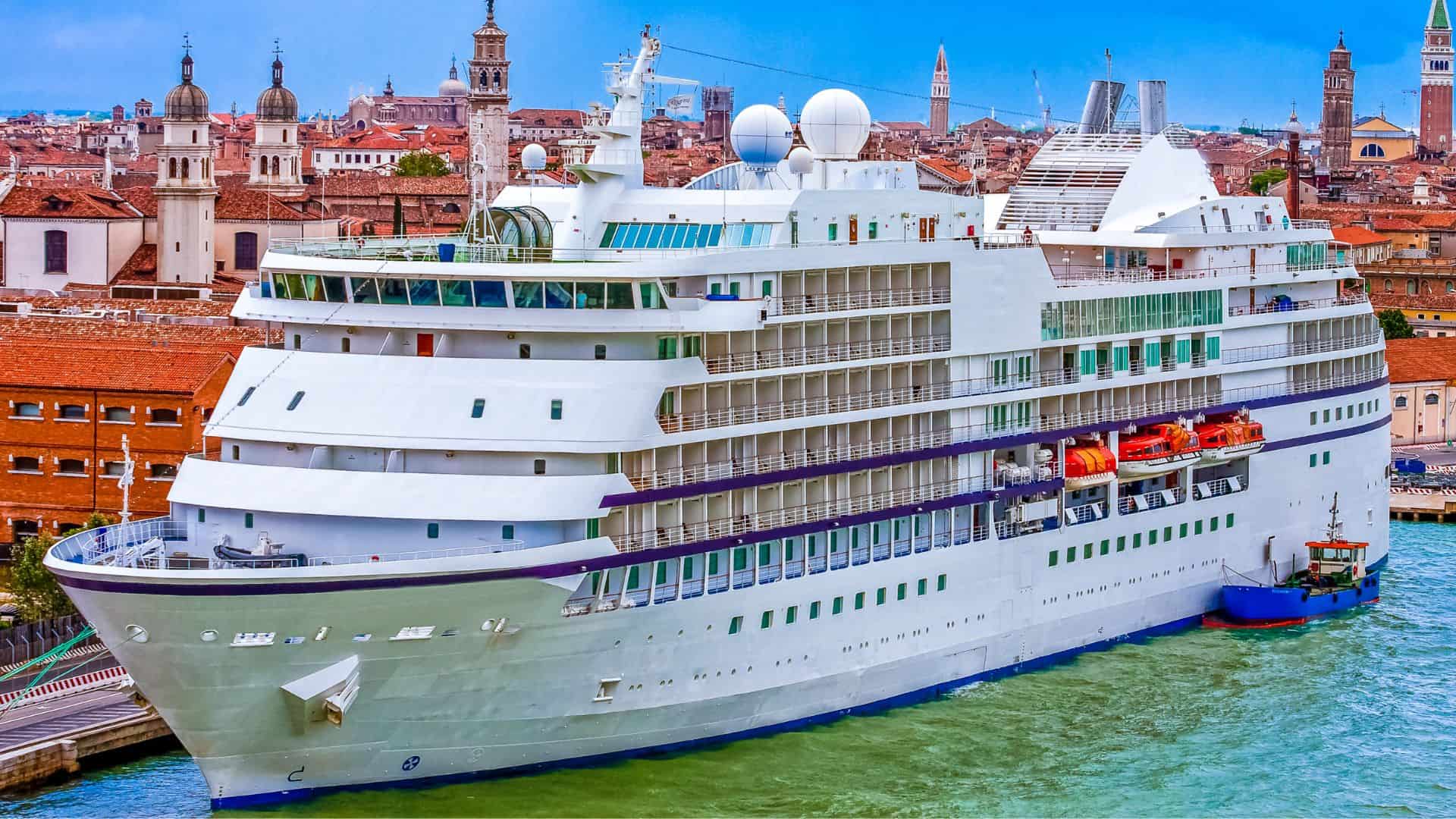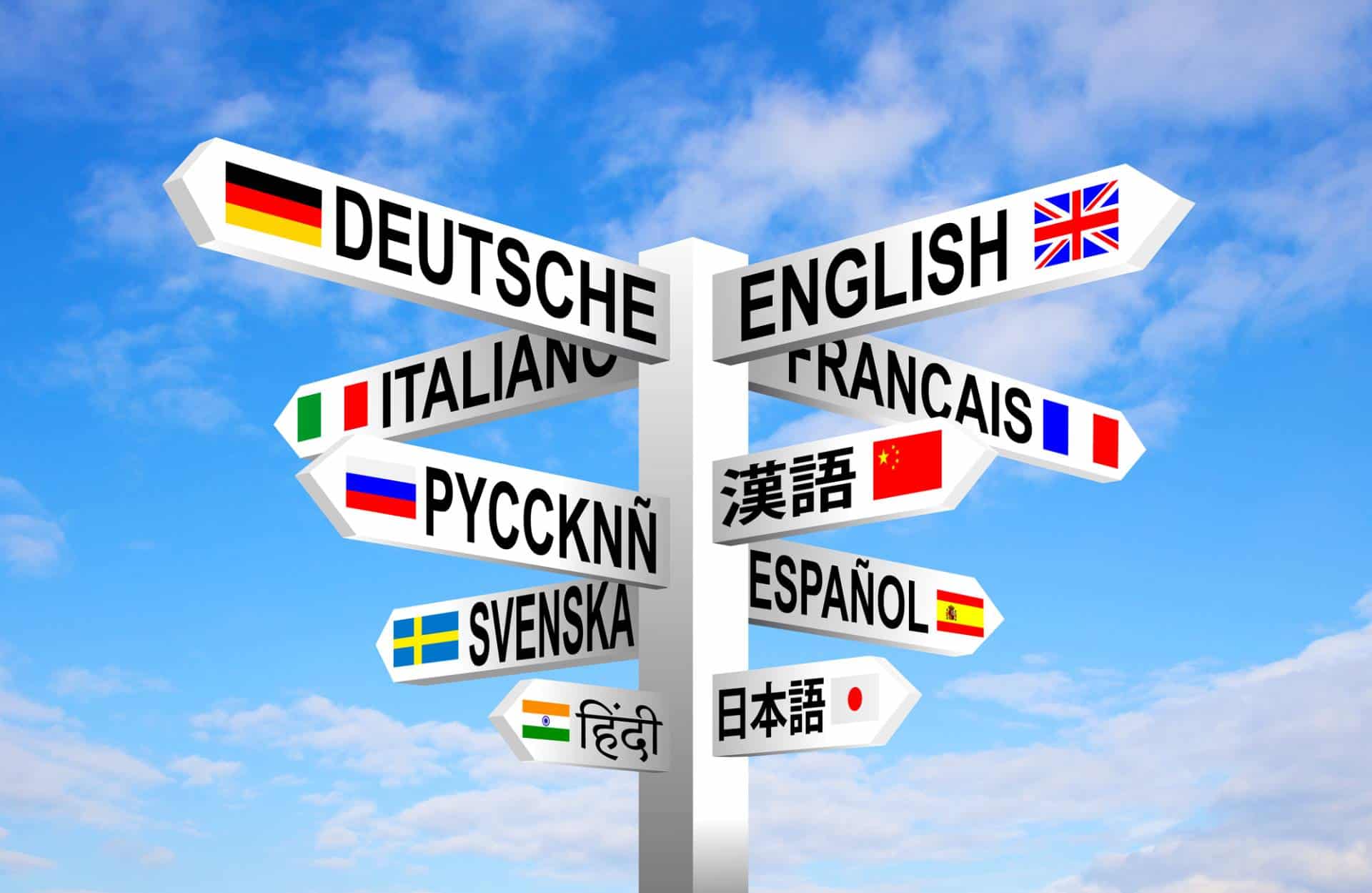
Exploring all of the European Languages and spoken languages in Europe
Europe stands as a continent renowned for its linguistic diversity, with a rich tapestry of languages woven into its cultural fabric. From the Romance languages of the south to the Germanic tongues of the north, Europe boasts a multitude of languages spoken as native and second languages. In this exploration, we delve into the vast array of European languages, examining their distribution, number of speakers, and cultural significance.
Europe has more than 50 total languages that include over 100 regional dialects most of which typically fall under some branch of the following: Romance, Germanic, or Slavic. Listed below are the most common languages spoken. If your don’t see a language on the following list, it’s probably because the number of total speakers almost exactly matches the country’s population.
Incidentally, the last one on the list is a bit of a wildcard. It is totally synthetic universal language called Esperanto. It was designed to be a simple, easy to learn language (10 times faster than other languages) that incorporated basic Latin principles with English and German without irregularities and conjugations. Its appeal was that it did not impose a cultural bias (it was neutral) and it was international. In fact, it nearly caught on for larger applications like the United Nations. Being very popular until World War I, it soon fell under severe scrutiny by the Fascists, Stalinists, and Nazis (i.e. Hitler banished it from being spoken). Despite the continuing efforts of its many followers, English by far seems to have supplanted their mission as the new universal language. For more info, see www.esperanto.net (an excellent webring) or if in Vienna, stop by and visit the Esperanto museum expressly dedicated to promoting their cause at:
Esperanto Museum- Hofburg Palace, Vienna, Austria .Website: www.onb.ac.at/ev/collections/esperanto/index.htm
| Language | Est. Native Speakers | Est. Total Speakers |
| English | 427 million | 800 million |
| Spanish | 266 million | 400 million |
| Portuguese | 165 million | 275 million |
| Russian | 150 million | 280 million |
| German | 100 million | 121 million |
| French | 90 million | 116 million |
| Italian | 60 million | 65 million |
| Dutch | 20 million | 23.5 million |
| Euskara | 3 million | NA |
| Gaelic | 1 million | NA |
| Welsh | 500,000 | NA |
| Esperanto | NA | 2 million |
*NA-not available
The Multitude of spoken languages in Europe is home to an extensive array of languages, reflecting its rich historical, cultural, and geographical tapestry. The Indo-European language family, which encompasses most European languages, is further divided into several branches, including Romance, Germanic, and Slavic. Romance languages such as Spanish, French, Italian, and Portuguese are spoken widely across Europe, particularly in the Mediterranean region and parts of Western Europe. Meanwhile, Germanic languages like German, Dutch, Swedish, and English dominate in Northern and Central Europe, with English serving as a lingua franca not only in Europe but also globally.
The Number of Native Speakers The number of native speakers of European languages varies significantly. For instance, Spanish boasts over 460 million native speakers worldwide, making it one of the most widely spoken languages globally. French follows closely behind with approximately 80 million native speakers, primarily in France, Belgium, Canada, and various African countries. German, with around 76 million native speakers, holds sway in Germany, Austria, Switzerland, and parts of Belgium. Italian, Portuguese, Dutch, and Swedish each have millions of native speakers, contributing to the linguistic diversity of Europe.
Official and National Languages Many European countries designate one or more official or national languages, reflecting the linguistic identities and cultural heritage of their populations. For instance, Spain recognizes Spanish (Castilian) as the official language, alongside regional languages such as Catalan, Galician, and Basque. In Belgium, both Dutch (Flemish) and French hold official status, reflecting the linguistic divide between the Dutch-speaking Flanders region and the French-speaking Wallonia region. Similarly, Switzerland recognizes four official languages: German, French, Italian, and Romansh, reflecting its multilingual composition.
In Europe, way over a million people across different languages consider their first language, spoken in Europe, as they join the millions of people speaking, contributing to the vast array of million native speakers in Europe. A significant portion of the population speak their native language, with English speakers being prevalent, making it one of the most widely spoken languages in the world, alongside the many spoken languages in Europe, totaling way over a million speakers.
Second Language Speakers and Minority Languages Beyond native speakers, many Europeans also speak a second language, often as a result of educational policies, cultural exchange, or migration. English, as a global lingua franca, is widely taught and spoken as a second language across Europe, particularly among younger generations. Additionally, minority languages such as Catalan, Welsh, Gaelic, and Breton persist in various regions, representing cultural and linguistic diversity within Europe. Efforts to preserve and revitalize these minority languages are underway, emphasizing their importance in preserving cultural heritage and identity.
Linguistic Landscape of the European Union Within the European Union (EU), linguistic diversity is a core aspect of its cultural identity and policy framework. The EU recognizes 24 official languages, ensuring equal linguistic rights for its diverse member states. Translation and interpretation services facilitate communication and accessibility within EU institutions, reflecting the commitment to linguistic diversity and inclusivity. Despite the dominance of certain languages like English, efforts to promote multilingualism and preserve linguistic heritage remain integral to the EU's ethos.
In conclusion, European languages form a diverse and dynamic tapestry, reflecting the continent's rich cultural heritage and historical evolution. From the Romance languages of the Mediterranean to the Germanic tongues of the north, Europe's linguistic landscape is characterized by variety and complexity. Whether as native or second languages, European languages play a pivotal role in shaping identities, fostering communication, and preserving cultural heritage. Embracing linguistic diversity ensures that Europe remains a vibrant mosaic of languages and cultures, enriching its social fabric and global interconnectedness.
